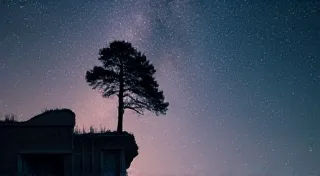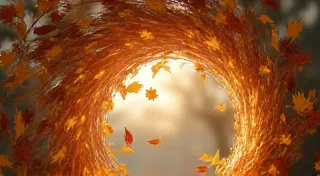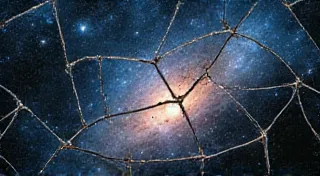Ephemeral Portraits: Finding Humanity in Cosmic Landscapes
There’s a peculiar comfort in gazing up at the night sky. A humbling perspective shift, a sudden awareness of our infinitesimal place within the grand, swirling canvas of the cosmos. For years, I’m ashamed to admit, my astrophotography centered solely on the celestial – nebulae painted in shimmering gases, distant galaxies twisting through eons of space. Technically proficient, perhaps, but emotionally…distant. I was capturing the universe, but not connecting to it.
It wasn’t until I began incorporating terrestrial elements – the humble presence of a windswept tree, the stoic silhouette of a rock formation, the fleeting shadow of a lone figure – that my astrophotography truly began to resonate. Suddenly, those vast distances felt less impersonal, more…accessible. It's like discovering a hidden melody within a familiar tune.
My journey toward this approach started unexpectedly. I was restoring an antique accordion, a Hohner Classique, gifted to me by my grandfather. The intricate bellows, the carefully carved keys, the resonant hum of the reeds – each element spoke of a dedication to craftsmanship that felt timeless. The realization struck me: just as a musician uses an instrument to translate emotion into sound, could I, as a photographer, use the landscape to translate the immensity of space into something relatable, something human?
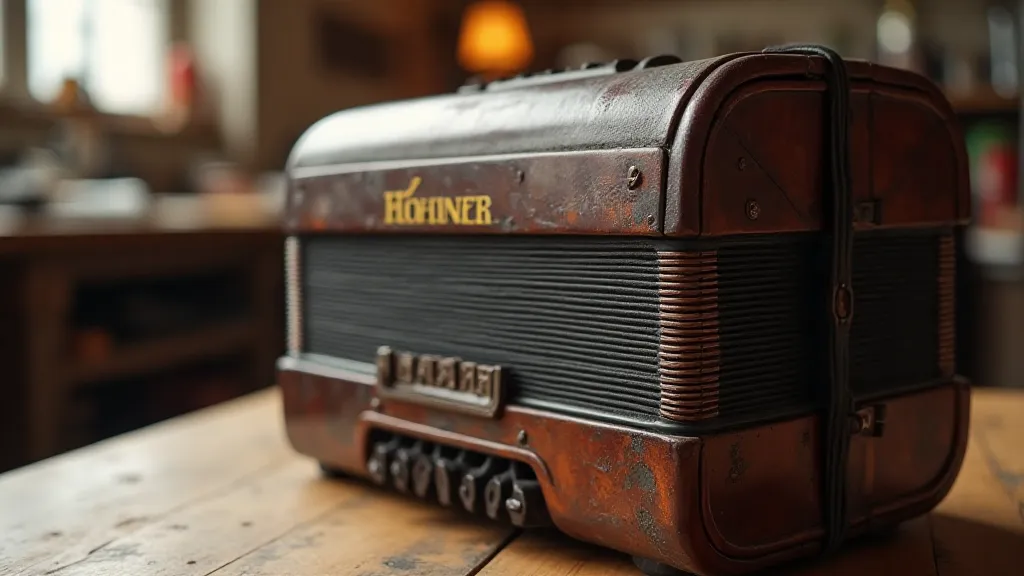
The accordion itself became a metaphor. These instruments, crafted from wood and metal, are designed to produce music that transcends language. They’re echoes of generations past, vessels of shared experience. Similarly, placing a familiar object—a tree, a stone, a person—within the frame of a cosmic landscape acts as a bridge between the known and the unknown.
The Language of Scale
The challenge isn't simply about including a foreground element. It’s about using it thoughtfully to convey scale. A lone pine silhouetted against the Milky Way doesn't just look pretty; it dwarfs the vastness above, reminding us of the resilience of life on Earth, the sheer improbability of our existence. A weathered rock formation, bathed in the ethereal glow of distant stars, speaks of geological timescales that make human history seem like a fleeting moment.
I’m reminded of a quote from the poet Mary Oliver: "Tell me, what is it you plan to do with your one wild and precious life?" It's a question that feels profoundly relevant when contemplating the cosmos. And for me, part of answering that question lies in capturing that sense of perspective, of humbling grandeur, through my lens.
Finding Your Foreground
So, how do you find these ‘foreground’ subjects? The best are often right under your nose. Look for elements with character, with a story to tell. A gnarled, ancient oak tree offers a far more compelling visual than a neatly pruned shrub. A crumbling stone wall speaks of forgotten history. Even a small, seemingly insignificant wildflower can create an impactful juxtaposition against the backdrop of the night sky.
Don't be afraid to experiment with different compositions. Try using the 'rule of thirds' to position your foreground element in a way that draws the viewer's eye. Pay attention to the lighting. Backlighting your foreground subject can create a dramatic silhouette, while side lighting can reveal texture and detail. And, crucially, allow yourself to be moved by what you see. Emotion is the most powerful compositional tool you have.
The Human Element: A Delicate Balance
Introducing a human figure can be especially powerful, but it's a delicate balance. The figure shouldn’t be the focus of the image; rather, they should serve as a reference point, a scale marker, a symbol of humanity’s place within the cosmos. A solitary hiker gazing up at the stars evokes a sense of wonder and introspection. A child silhouetted against the Milky Way speaks of hope and the enduring human fascination with the night sky.
I'm cautious about using people because the moment can vanish. A quick snap can miss the feeling, the weight, the awe. My grandfather, the man who gifted me the accordion, once told me, “The best things in life are rarely captured in a single moment. It's the feeling they leave behind that truly matters.” That sentiment rings true for both music and photography.
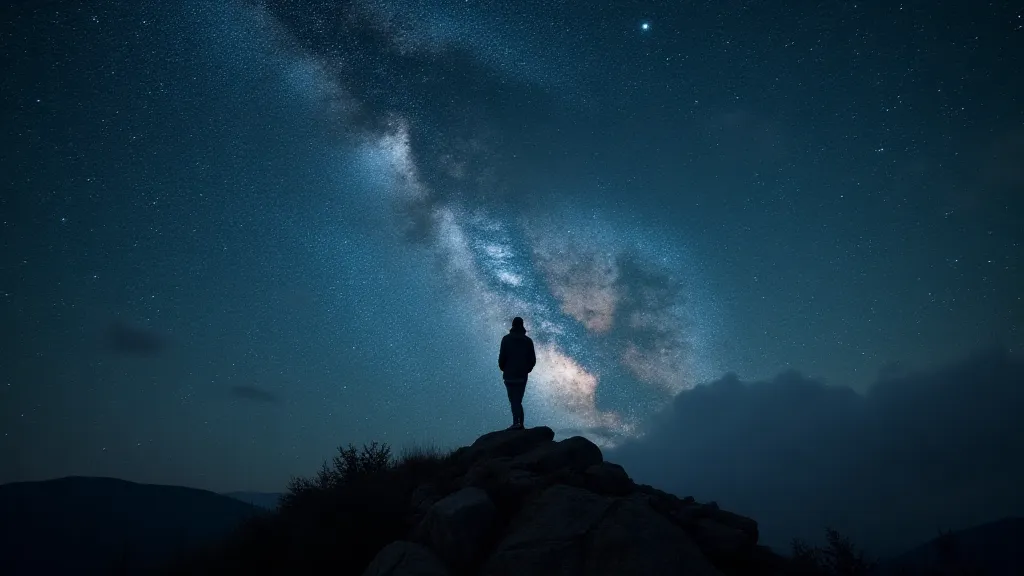
Restoration and the Passage of Time
The parallels between restoring antique instruments and capturing fleeting moments in astrophotography are striking. Both involve a reverence for the past, an appreciation for craftsmanship, and a desire to preserve something beautiful for future generations. Restoring my grandfather's accordion, carefully cleaning each key, meticulously repairing the bellows, felt like a way of connecting with him, with his passion, with his understanding of beauty.
Many antique accordions suffered damage – cracked bellows, broken reeds, tarnished keys. Restoration isn't about making them perfect; it's about returning them to a state of functionality and preserving their character. Similarly, in astrophotography, embracing imperfections – the subtle grain of the film, the slight blur of the stars – can add a layer of authenticity and emotion to the image.
Beyond the Technical
Ultimately, astrophotography is not just about mastering technical skills – it's about cultivating a sense of wonder. It's about finding beauty in the unexpected, about connecting with something larger than ourselves. It’s about translating those feelings into a visual language that can move others. It’s about finding that quiet, personal resonance within the vastness of space.
Think of the meticulous craftsmanship that went into creating an antique accordion. The patience, the skill, the passion – all embodied in a single instrument. That same dedication, that same reverence for detail, can be applied to your astrophotography. Look for the stories hidden within the landscape, and share them with the world. Find your own way to speak the language of the stars.
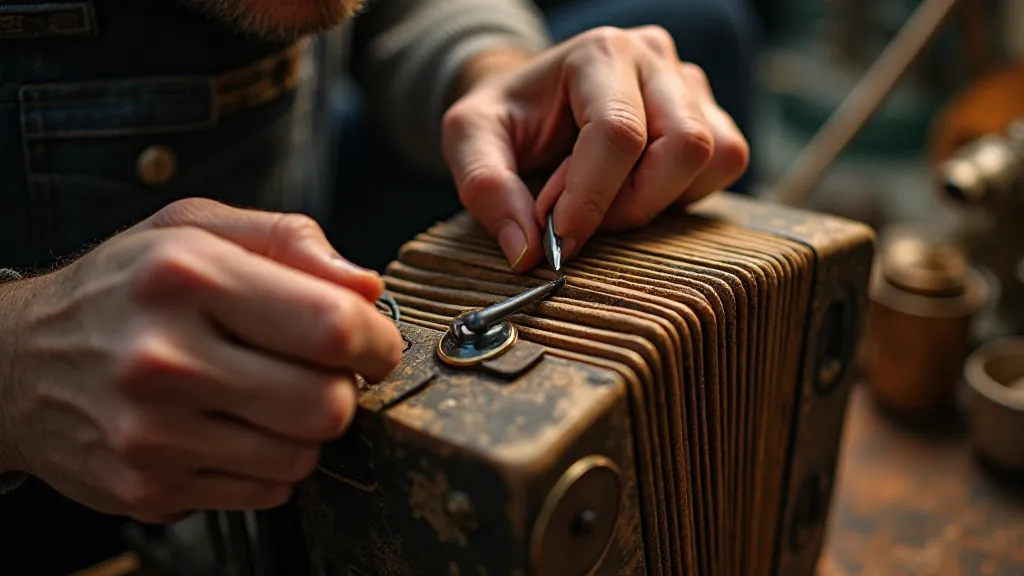
Perhaps the greatest lesson I’ve learned is that the most profound images are often born not from technical perfection, but from emotional honesty. They are ephemeral portraits, fleeting glimpses of beauty captured in a single, perfect moment. Just like the resonant hum of a beloved accordion.


